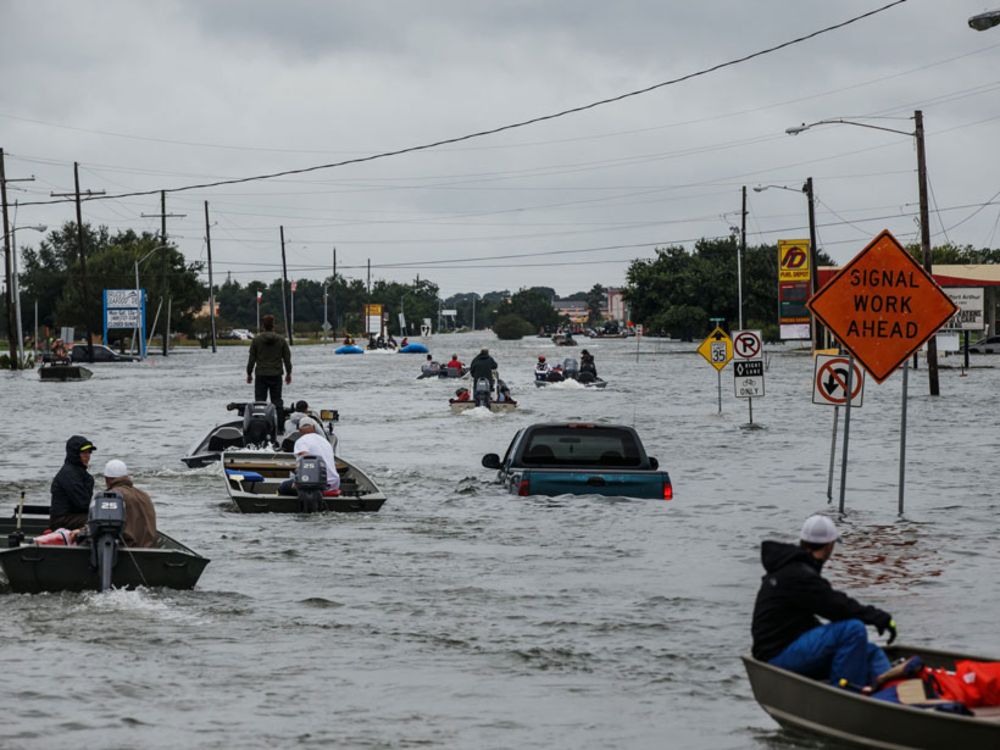





But Roger is of course lying. And we know this for 2 reasons.
🧵


Registration for experts interested in serving as Expert Reviewers and providing scientific comments on the First Order Draft of the Special Report on Climate Change and Cities is now open!
Registration closes 30 Nov 2025.
Read more 🔗 www.ipcc.ch/2025/09/17/p...

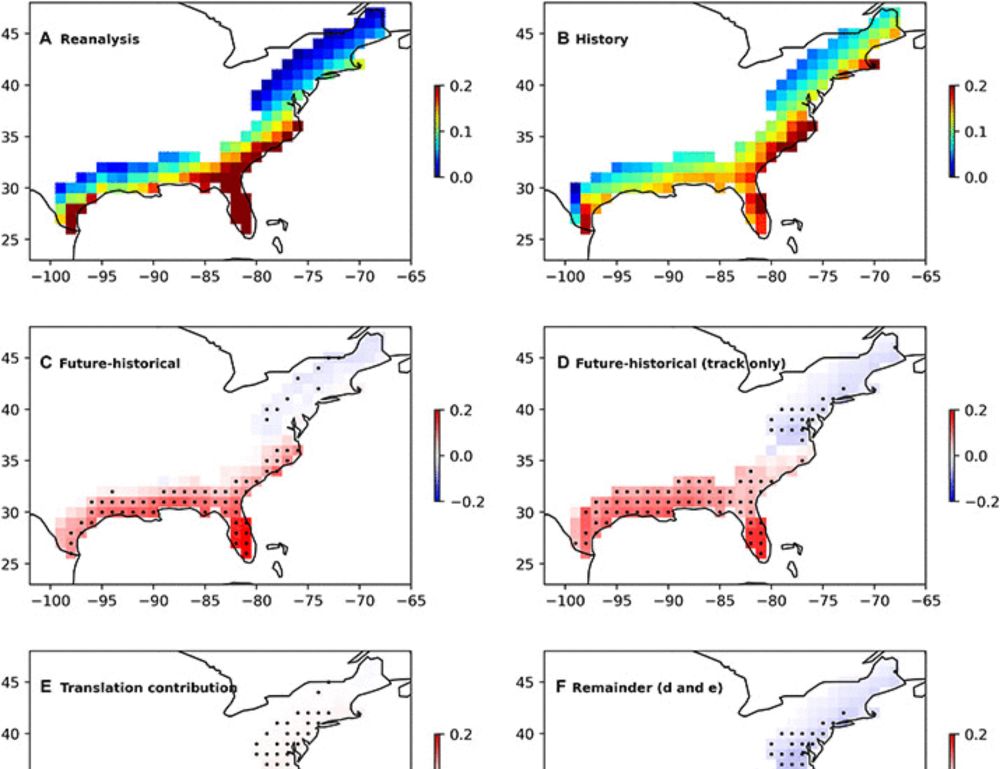
www.realclimate.org/index.php/ar...
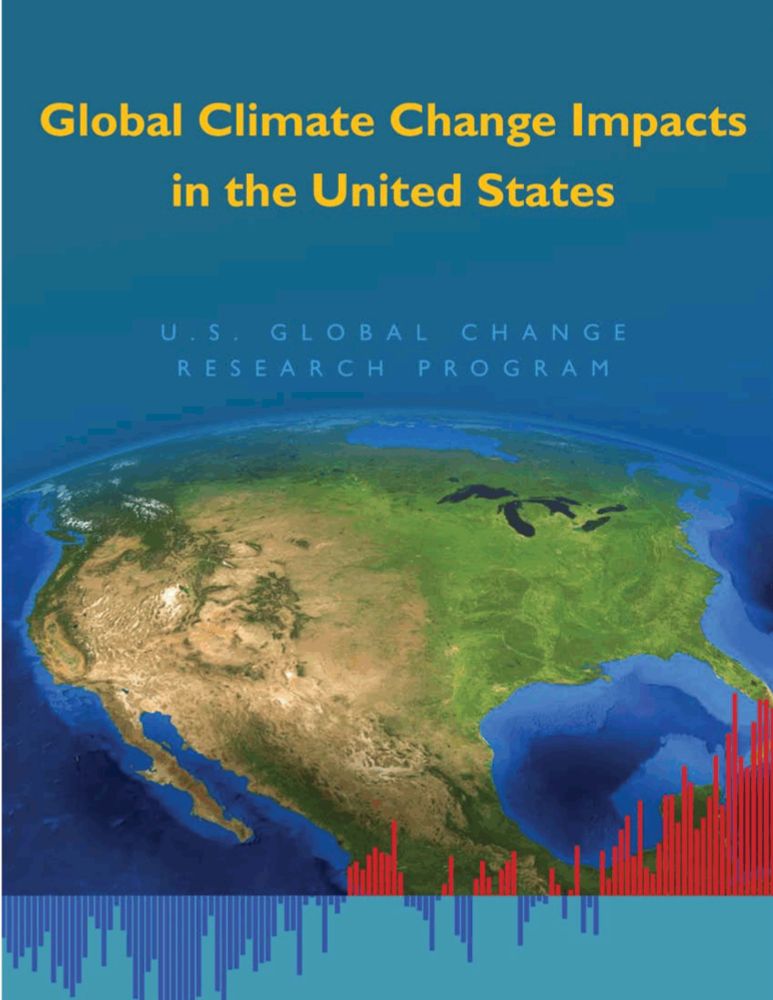

www.realclimate.org/index.php/ar...
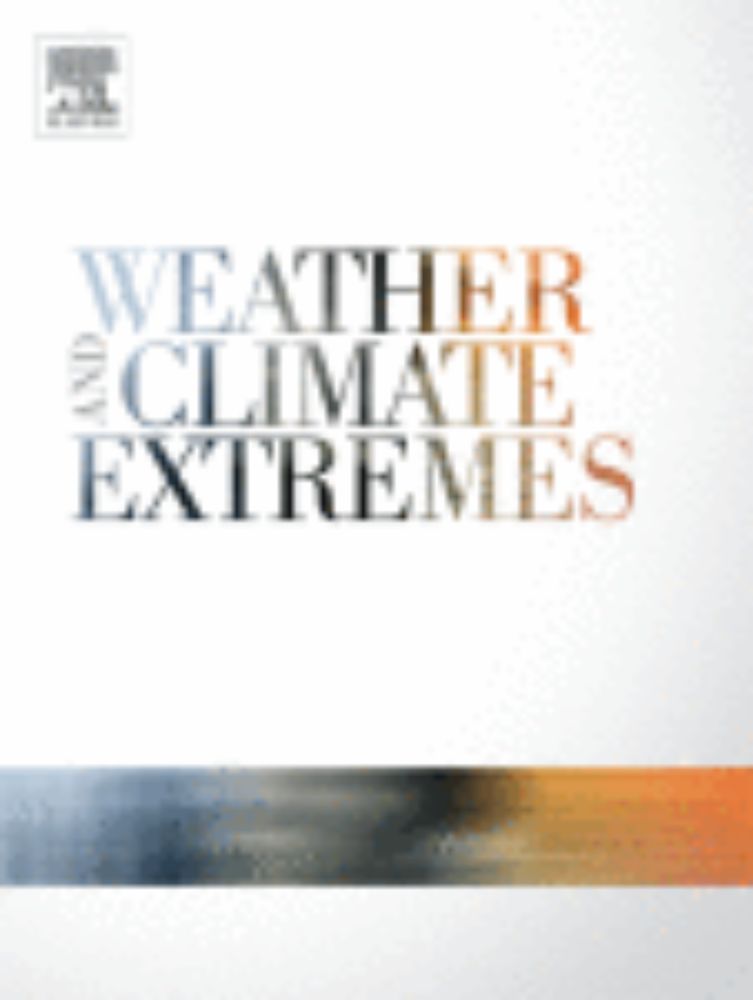
Reposted by Michael Wehner, Benjamin I. Cook
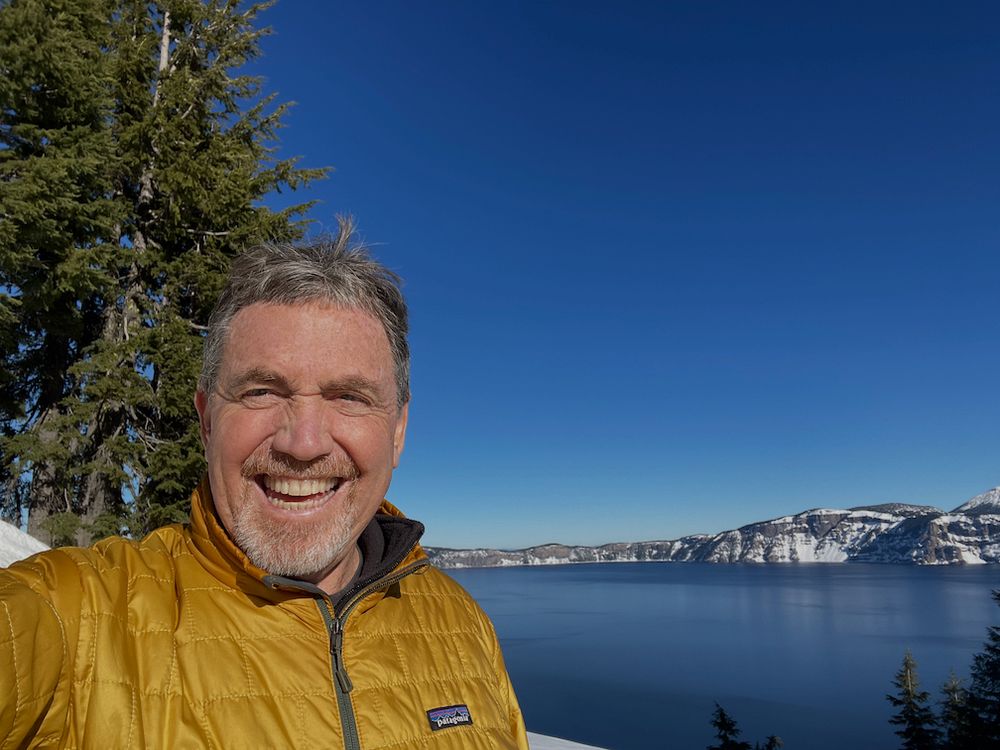
Ben is returning to his "academic home": he did his PhD in CRU before his stellar career developing "fingerprint" methods to identify human & natural effects on climate.
Reposted by Michael Wehner, Du Toit

Reposted by Gavin A. Schmidt
